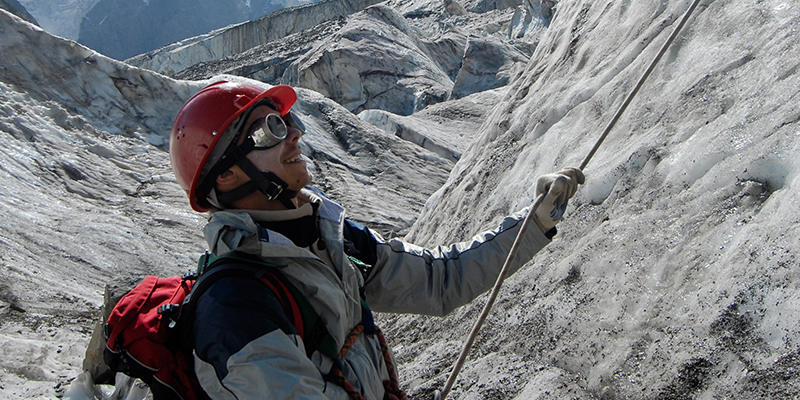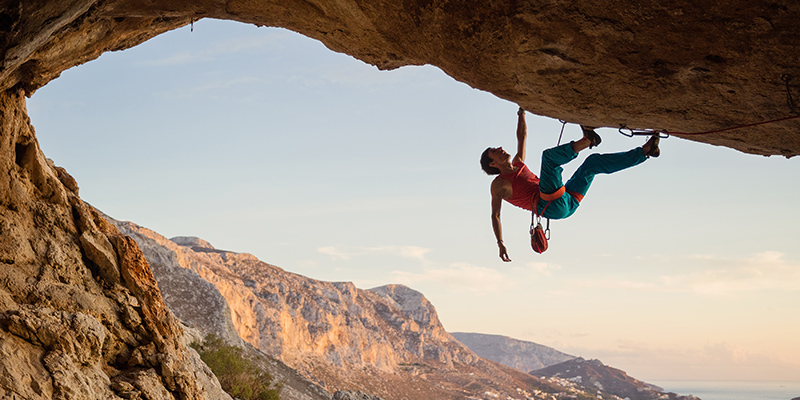
Exploring the Advantages of Static Climbing Rope in Traditional Climbing
In the world of outdoor adventure, the sport of rock climbing stands as a testament to human determination and a relentless spirit of exploration. From the rugged faces of natural cliffs to the intricately designed walls of climbing gyms, climbers push their limits, relying on their skills and equipment. One crucial element that has revolutionized climbing safety and techniques is the static climbing rope.
Static climbing ropes, as the name suggests, are ropes with minimal stretchability. Unlike their dynamic counterparts used in activities like mountaineering, static ropes offer limited elongation, making them ideal for scenarios where consistency and minimal give are paramount. The inception of static ropes marked a significant stride forward in climbing safety, introducing a rope type that minimizes the impact of falls and provides enhanced control over movements.
The origins of modern climbing trace back to an era when mountaineering and climbing were closely intertwined. However, as climbing techniques evolved and specialized equipment became prevalent, climbing emerged as a distinct discipline. This shift allowed climbers to delve deeper into the intricacies of the sport, leading to the development of equipment such as harnesses, carabiners, and of course, ropes.
One of the standout features of a static climbing rope is its low elongation, typically around 2%. This minimal stretch might seem counterintuitive to safety at first glance, as dynamic ropes are known for their ability to absorb the force of a fall through elongation. However, in scenarios where a fall could lead to injury due to a sudden stop or a hazardous obstacle, the limited stretch of a static rope reduces the impact on both the climber and the protection points. This can be particularly crucial in scenarios like top rope climbing, where the rope's interaction with the rock surface could generate friction and potentially compromise safety.
Furthermore, the predictable nature of static ropes aids climbers in managing their movements with precision. Whether ascending a challenging route or descending from a summit, knowing that the rope won't stretch unexpectedly allows climbers to plan their actions more effectively.
In the pursuit of climbing mastery, it's not just the climber's skills that matter, but also the integrity of the equipment used. Maintaining and regularly inspecting a static climbing rope is as vital as mastering climbing techniques. Ensuring that the rope is free from damage, abrasion, or excessive wear is crucial for a safe climbing experience. Equally important is the proper storage of the rope, protecting it from environmental factors that could compromise its integrity.

In conclusion, the emergence of static climbing ropes has played a pivotal role in enhancing climbing safety and refining techniques. As climbers continue to explore the vertical world, these specialized ropes remain a fundamental tool that empowers them to ascend with confidence, control, and above all, safety.

